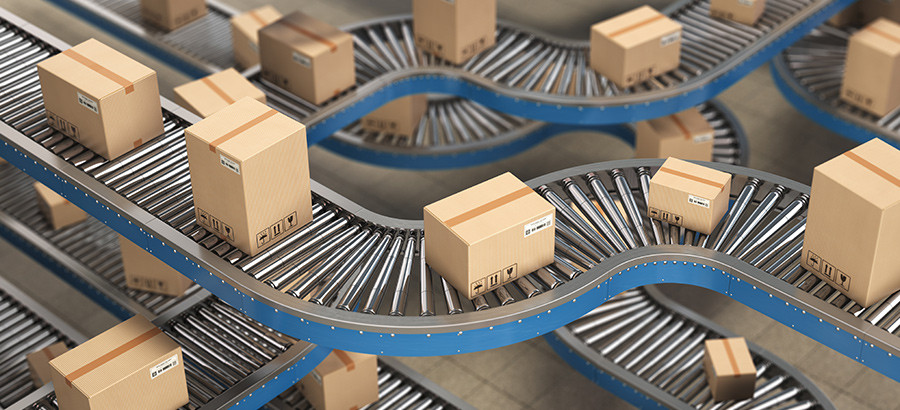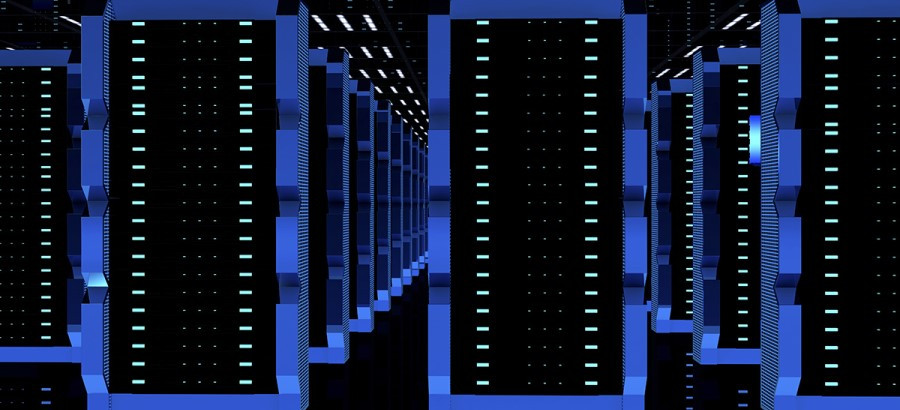- Advertising
- Bare Metal
- Bare Metal Cloud
- Benchmarks
- Big Data Benchmarks
- Big Data Experts Interviews
- Big Data Technologies
- Big Data Use Cases
- Big Data Week
- Cloud
- Data Lake as a Service
- Databases
- Dedicated Servers
- Disaster Recovery
- Features
- Fun
- GoTech World
- Hadoop
- Healthcare
- Industry Standards
- Insurance
- Linux
- News
- NoSQL
- Online Retail
- People of Bigstep
- Performance for Big Data Apps
- Press
- Press Corner
- Security
- Tech Trends
- Tutorial
- What is Big Data
Data Center Trends in 2021
This year is defined by an unprecedented heath crisis that will not be forgotten. The pandemic has caused major changes in all aspects of society and companies have been forced to adapt and rethink their business models in order to survive. While some of the current trends, such as increased digitalization, are not new, the lockdown emergency has amplified them significantly.
Since data centers are the building blocks of our online world, they must innovate and implement the latest available technologies in order to respond to the digital needs of the post-pandemic world. Let’s walk through the most important upcoming trends of 2021 in this sector and how to build a next generation data center that can be efficient and resilient in the face of unknown challenges of the future.

Automation Is No Longer Optional
Even before the pandemic, there was a severe lack of qualified workforce in the data center industry. According to a study from 2018, the average age of the staff is increasing and women generally avoid data center jobs. Overall, data center staff development is not keeping up with the necessity for servers.
Companies that had remote management systems in place already enjoyed a competitive advantage, but the lockdown has made automation a must, due to movement restrictions. Despite the obvious importance of digital services during the pandemic, only a few countries have classified data center personnel as “essential workers”, who were allowed to commute freely.
While some operations can still only be executed manually, the number of such tasks should be reduced to a minimum, so less on-site employees are required. Automating some processes can be reduced to a self-service operation requiring only a few minutes.
Modern automation platforms can handle most server operations, such as component inventory, registration, automatic discovery, instant hardware replacement in case of malfunctions, network and storage configuration, and so on. The advantages of this approach are obvious and data centers that invest in automation will be able to reduce costs and operate more effectively on the long term.
According to a study by Mordor Intelligence, the data center automation market might rise from $7.34 billion in 2019 to $19.65 billion by 2025.
Collocation Strikes Back
Many small and medium companies used to keep servers and even entire racks on premises, which were operated and maintained by their IT staff. As offices started to close due to the lockdown, businesses were forced to move their hardware to proper data centers and the interest in collocation services has increased significantly.
However, collocation requirements have also changed. Customers now expect more than just renting some rack space, so a data center must offer advanced tools that were not available in a self-hosting environment. An automation solution will provide most of these features, for example remote operating system installation, intelligent metrics, or firmware updates.
Closer to the Edge
Alongside cloud computing, edge computing is now one of the trending topics in the IT industry. This model relies on processing data as close as possible to the place where it is collected (the edge of the network), instead than on a central server, greatly increasing speed and reducing latency.
In order to facilitate edge computing, data centers will no longer be built only in major technological and economic hubs and we might see an increasing number of small facilities spread all around the world. With the unstoppable rise of IoT devices and 5G, the need for edge computing is more actual than ever.
Providers must adapt to this trend and scale their operations, in order to be able to deploy new small data centers in edge areas as quickly as possible. Having a centralized platform that can manage hardware in thousands of locations is a big advantage in this scenario.
Above the Cloud
As already mentioned, cloud computing is no longer a novelty, but rather a standard. After the launch of the first affordable public cloud services, many companies have migrated all of their services to the cloud. However, security issues and unpredictable costs have soon become apparent and businesses are now looking for a more effective solution.
A growing trend today is the so-called hybrid cloud, in which a company designs its own cloud in a data center, controlling its dedicated private network and virtualized infrastructure. As a result, modern data centers are expected to provide features such as low-latency networking, built-in virtualization and container platforms, or even native support for databases and other advanced applications.
Data-driven Monitoring
Having a robust monitoring tool is of course mandatory for any digital company, but an old-school alerting system is no longer good enough. Modern monitoring systems rely on the huge amount of data generated by new sensors and hardware, using big data, machine learning, and artificial intelligence to fix issues before they happen and predict future failures or operational bottlenecks.
Data centers that leverage the power of a data-driven intelligent monitoring system enjoy multiple advantages over the competition. Their servers have superior uptime, while operators can understand their infrastructure better and tweak it for optimal performance.
Last but not least, the end customers have access to a wide array of useful data and can control any aspect of their servers and network in real time.
One such platform is MetalSoft, which provides a modern, multi-tenant platform for building and operating bare metal public or private clouds in addition to running cloud-native applications and containers on bare metal infrastructure with full self-service capability. MetalSoft also provides the infrastructure for collecting, analyzing, and acting on vast amounts of telemetry data generated by modern hardware.
End Note
The amount of data is growing exponentially, and the rise in big data, analytics, edge and cloud computing, IoT and 5G are growing along with it. Digitalization is now happening in all industries and business workloads, and data centers themselves must be able to keep pace with the changes. Automating and adopting new trends can save time, optimize processes, as well as save costs.
About the author
Keen on future tech, marketing, and gaming, Andreea Jakab currently serves as Digital Marketer at Bigstep.
Comments
Readers also enjoyed:

Get Your E-commerce Business Ready for Future Online Adventures

Is This the New Normal? Embrace the Future Standards for Servers and Data Centers
Leave a Reply
Your email address will not be published.

02.02.2021 20:28
Interesting article Andrea! Yes, the pandemic has triggered secular shifts and made data centers more resilient for meeting unforeseen challenges. The pandemic taught companies the importance of data and storing it securely.